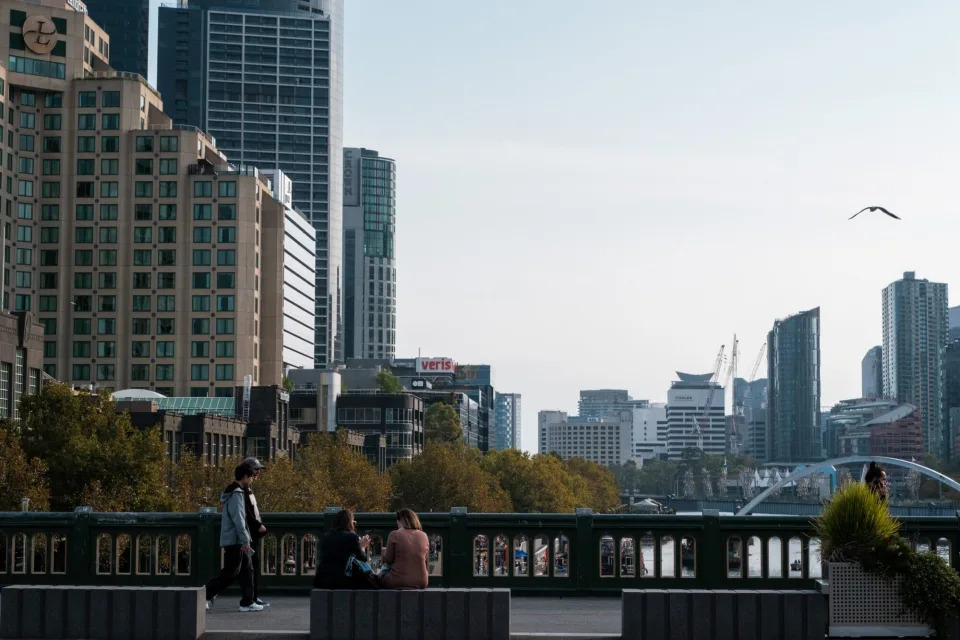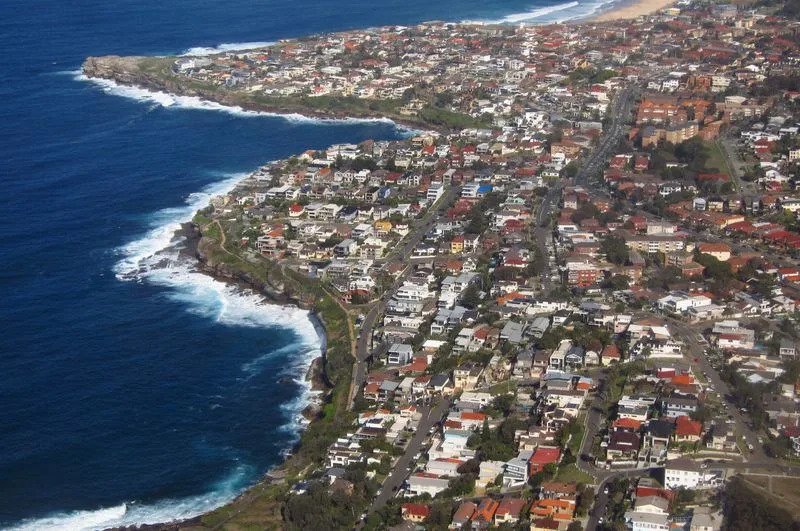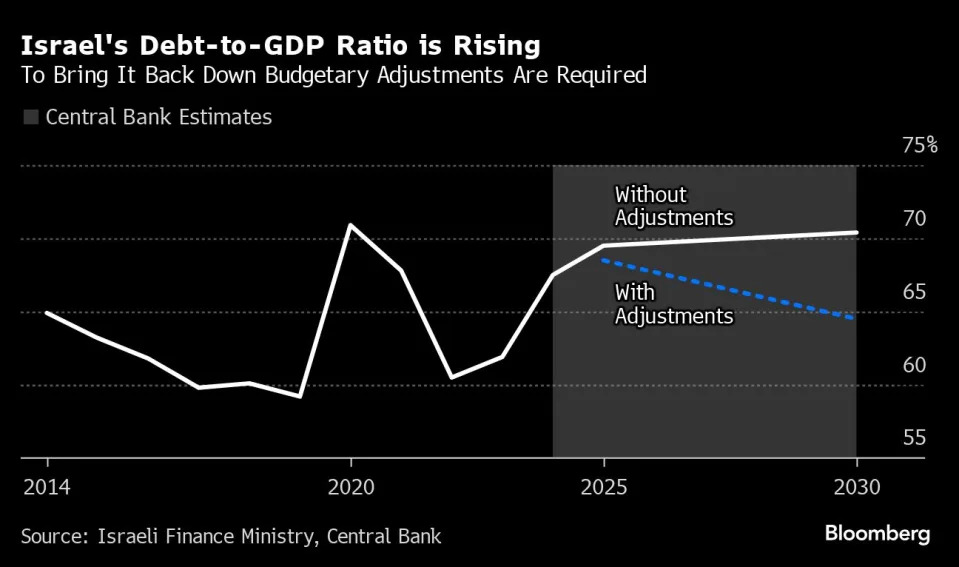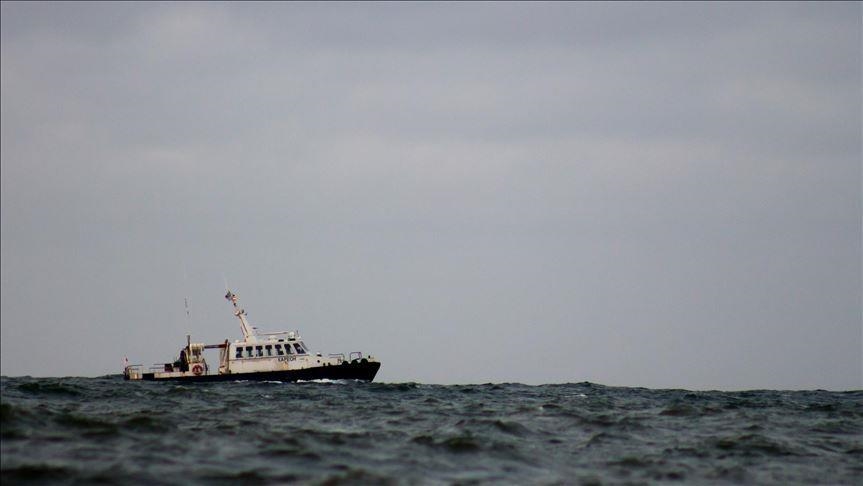Australia’s Top Pension Takes Hit on Pluralsight Restructure

Amy Bainbridge
Mon, 26 Aug 2024
(Bloomberg) -- AustralianSuper, the country’s largest pension, has written down its investment in US education software firm Pluralsight Inc. after private credit lenders agreed to take ownership of the company.
AustralianSuper is an investor in Vista Equity Partners, which bought Pluralsight three years ago, according to the pension’s latest disclosures. Vista and its co-investors are losing around $4 billion on their original equity investment, Bloomberg News reported last week.
AustralianSuper is writing off A$1.1 billion ($750 million), according to the Australian Financial Review, which first reported the loss earlier Monday. Pluralsight was thrust into the spotlight several months ago, when some assets were moved to a subsidiary as part of an effort to raise fresh funds.
“The asset was well supported by a range of major global investors,” AustralianSuper Head of International Equities and Private Equity, Mark Hargraves, said in an emailed statement. “However, the impact of the Covid pandemic, volatile macroeconomic conditions, rising interest rates and increasing competition combined to create a very challenging environment for the company.”
Blue Owl-Led Private Debt Group Takes Ownership of Pluralsight
Australia’s A$3.9 trillion pension industry has shown increased appetite for private assets, which now make up around one fifth of investments. That’s brought increased scrutiny, with regulators this month flagging such investments as a priority. In April, AustralianSuper said it planned to almost double unlisted assets over the next four years.
Hargreaves said the higher risk-return profile for private equity was a “characteristic of the asset class,” adding that the valuation was fully accounted for and won’t impact its members’ future earnings.
“We will continue to invest in private equity, venture capital and also the tech sector in general,” Hargreaves said. “These asset classes and the tech sector are strong value creators for members.
Most Read from Bloomberg Businessweek












